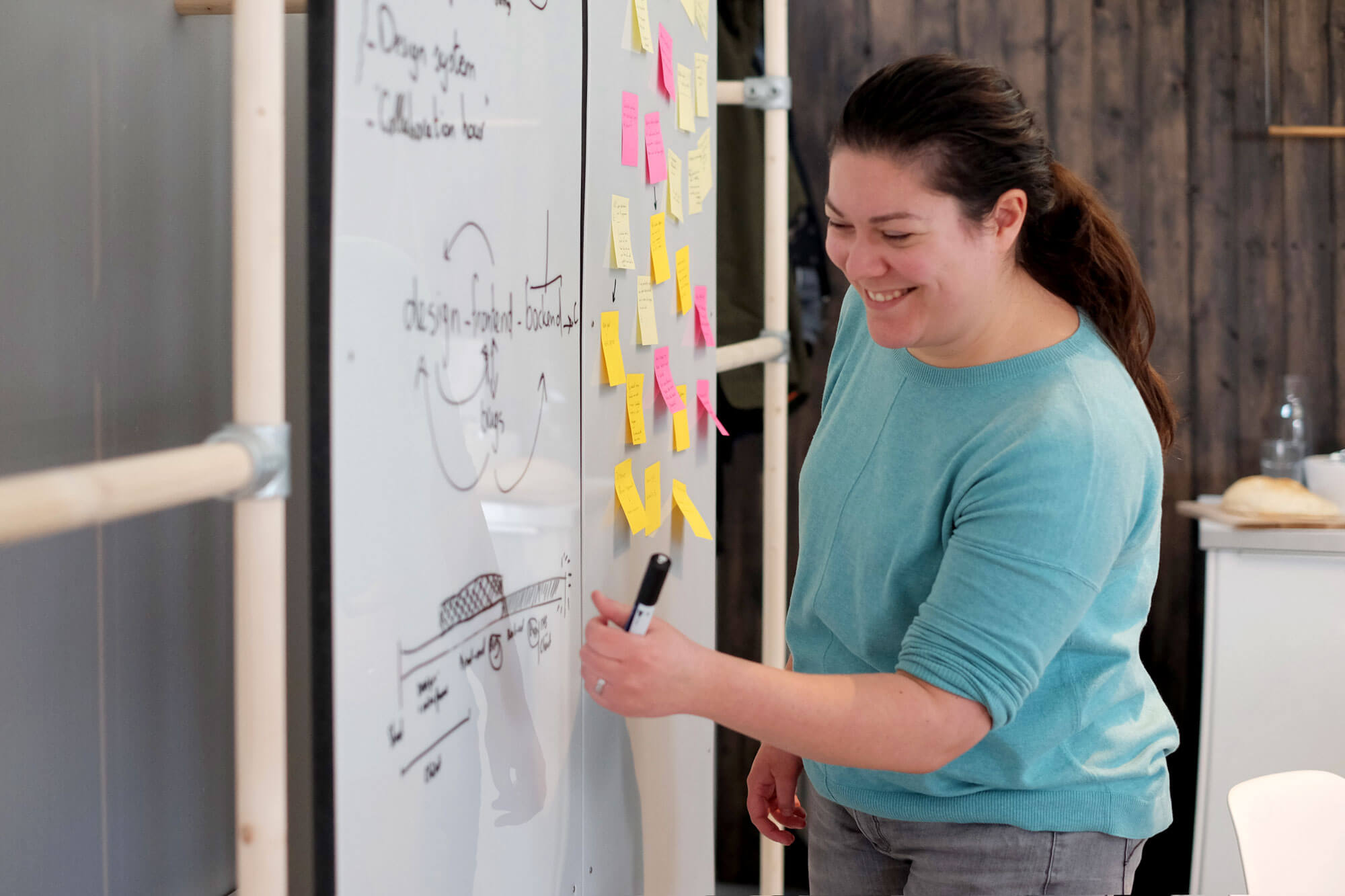

The Discovery Phase helps us define the scope of a project and create better, more efficient processes for our projects.
When we talk about the scope of a project, we are referring to how ‘big’ the project is, how long it will take, and what we need to deliver at the end of it. But this doesn’t encapsulate everything within a project scope. In fact, a proper scope should consider the problem we’re trying to solve and each step it will take to achieve this.
To properly define a scope, we follow these six steps:
It’s crucial to a successful outcome that we properly understand the project at hand. If we understand the drivers behind the project’s conception, then we can also look beyond the solutions proposed by our clients and try to think of better ways to solve the same problem. These solutions often end up being cheaper, more effective, and more efficient than the initial idea.
By creating this base level of understanding, we improve our chance of a successful outcome. We measure success based on the set of objectives and key values laid out earlier in the Discovery Phase. These tend to be broader goals, such as increased customer conversion rates or online sales, or improved company culture.
By completing this Discovery Phase, it ensures that we can think not only from the business’ point of view, but also from the users’ perspective. This is an often misunderstood area and can lead to poorly conducted projects when left out. If the project doesn’t meet your users’ needs, it cannot be deemed successful and is merely a waste of time and money.
To summarize, a Discovery Phase informs the whole team, involves stakeholders, leads to better solutions and lays a solid foundation on which to base future decisions. Additionally, it reduces costly mistakes and misunderstandings between businesses and their target audience.
At the end of the process, we’re left with a digital prototype, or brand roadmap, which our clients are free to use as they see fit. This phase can be a great way to test out a working relationship before committing to a full, and lengthy, process.
Are you interested in working with us? Or do you have doubts about which process best fits your project? Feel free to contact us with all your questions.